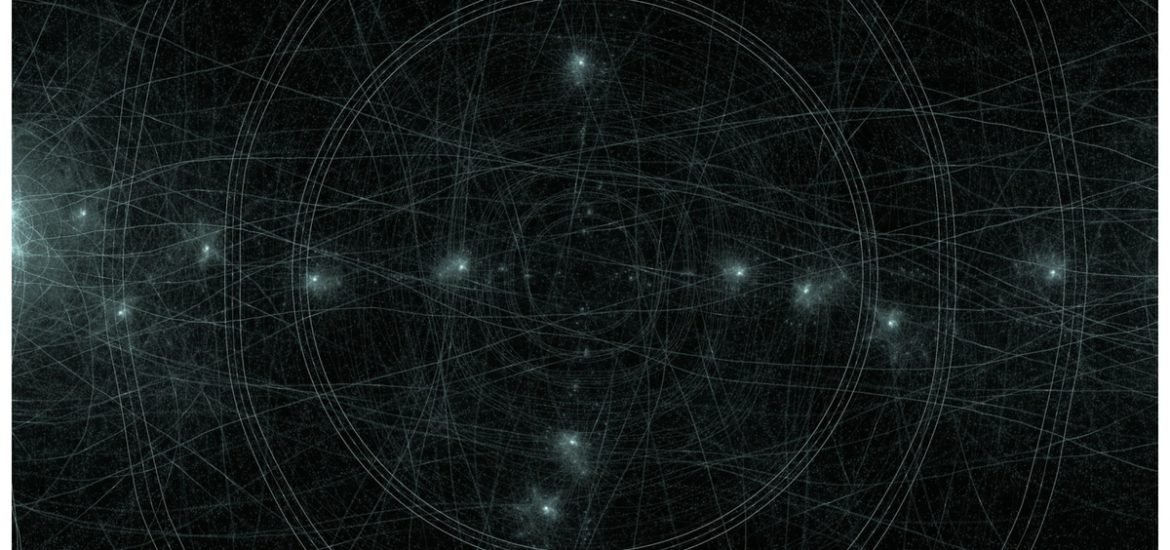
Astronomers have been tracking a single star for over 20 years as it whizzes around the supermassive black hole at the center of our Milky way galaxy at speeds of up to 25 million kilometers per hour (nearly 2.5% of the speed of light). A recent close encounter has allowed them to detect “gravitational redshift,” in which the extreme gravity of the massive black hole causes the star’s light to lose energy.
The team of astronomers, led by Prof. Reinhard Genzel of the Max Planck Institute for Extraterrestrial Physics in Garching, Germany, announced the discovery in a press conference on July 26 and the full report is published in Astronomy & Astrophysics, a scientific journal (1). Stated in the report, “This is the first time that this deviation from the predictions of the simpler Newtonian theory of gravity has been observed in the motion of a star around a supermassive black hole.”
The black hole called Sagittarius A* (Sgr A*) is estimated to be around 4 million times the mass of the sun and is orbited by a group of stars traveling at high speeds, and thus offers the perfect extreme gravitational environment for studying the physics of gravity and indeed testing Einstein’s theory of relativity. Owing to three highly sensitive instruments on the ESO telescope, astronomers were able to follow a single star, called S2.
According to Einstein’s theory, when light passes close to an immense force of gravity such as that of Sgr A*, instead of slowing down the light actually loses some of its energy and is literally stretched. This is exactly what the team of astronomers were able to observe with the Very Large Microscope and these results are incompatible with the Newtonian notion of gravity.
Typically, clouds of dust and gas block star’s light making them difficult to study. However, the telescope caught sight of S2 in May. Amazingly, the actual event would have taken place around 26,000 years ago, before the beginning of human civilization, this is how long light from the star would have taken to reach the telescope.
The last time S2 closely approached Sgr A* was in 2002, however, telescopes at that time were not yet capable of visualizing the event. Additional adaptive optics and flexible mirrors that change shape in real time have made it possible to compensate for distortions caused by Earth’s atmosphere, and by using four VLT scopes as an interferometer, light from the VLTs can be combined to achieve a resolution equivalent to that a 130-meter wide telescope.
Einstein’s theory has been tested numerous times in the past, however not within the realm of extreme gravitational fields. This is just the beginning of a series of tests to rigorously confirm relativity theory. Furthermore, finding and tracking the trajectories of stars even closer to Sgr A*researchers could allow astronomers to estimate the spin rate of supermassive black holes. The
(1) Abuter R. et al (GRAVITY Collaboration). Detection of the gravitational redshift in the orbit of the star S2 near the Galactic centre massive black hole. Astronomy & Astrophysics (2018). DOI: 10.1051/0004-6361/201833718